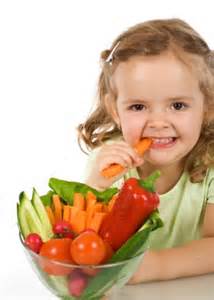Science is knowledge that comes from observation, study and experimentation. We are always encouraging children to study and experiment with real objects to discover answers, and inspire their curiosity for future learning.
Even babies are budding scientists. They learn by using their five senses. You can provide materials of different textures, sounds and colors so babies can discover differences in objects. Round balls, soft blankets, prickly plastic squish toys, large plastic beads, jingle toys or bells, rattles, brights scarves, wooden spoons or toy cars are a few examples. Babies put objects into their mouths. This is one of the ways babies learns. Of course, another reason to thoroughly clean and sanitize all baby toys daily.
As they get older, babies and toddlers love to stack and dump things to see what happens. Dropping an item from the high chair gives a toddler a great thrill. To a toddler, dropping objects is a lesson in the forces of gravity, sounds and cause and effect. It is a good idea to provide toddlers opportunities to stack and dump using buckets, containers, measuring cups and spoons.
Encouraging children to discover the properties of water and sand. These activities help them learn about sinking and floating, temperature, and how water changes things. Us lots of words to describe what is happening. (“That sponge is soaking wet,” or “The cold water will feel good on your bump.”)
Playing outdoors provides experiences in a natural environment. During outdoor play they can see insects, trees, flowers, rain, animals, and soil. These experiences enhance their interest in and knowledge of the natural world.
Look for future blogs on more science activities.

